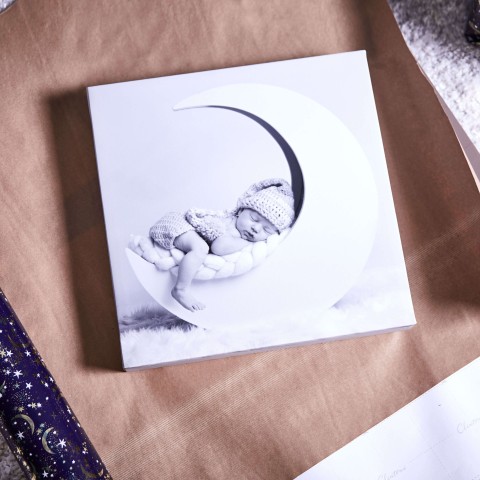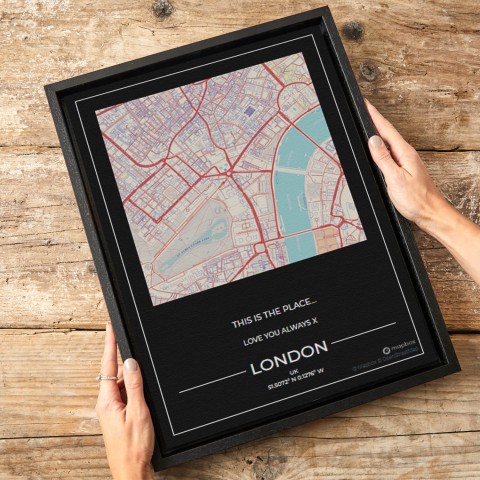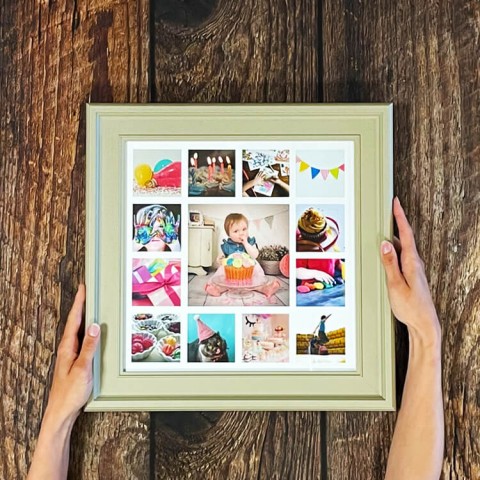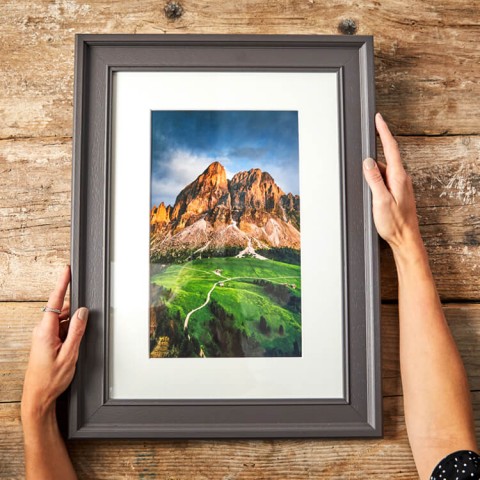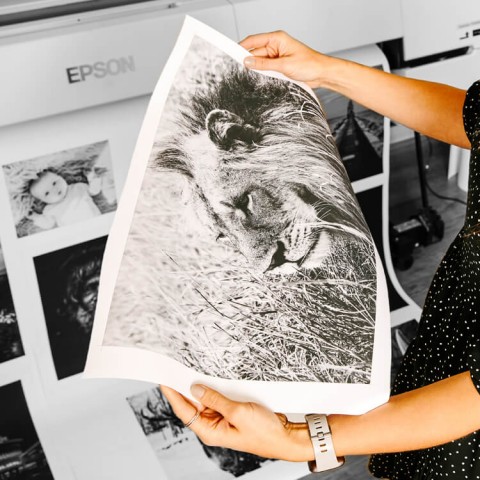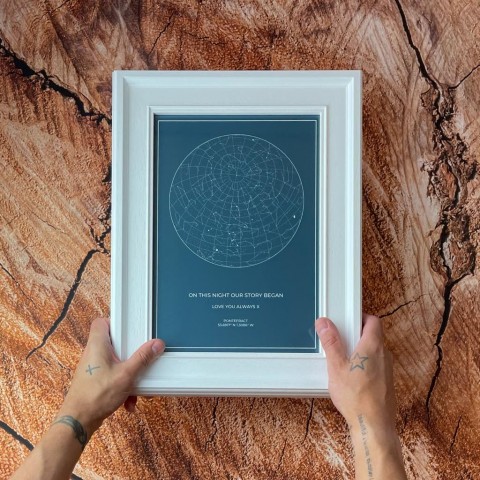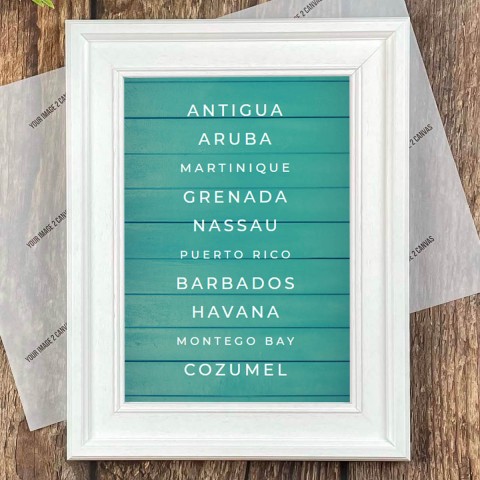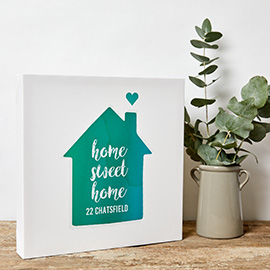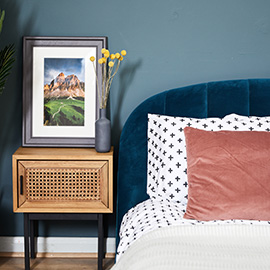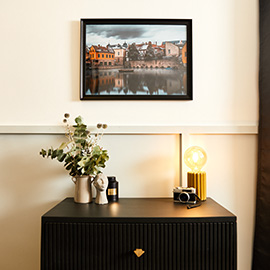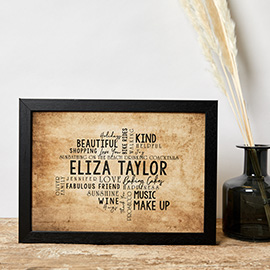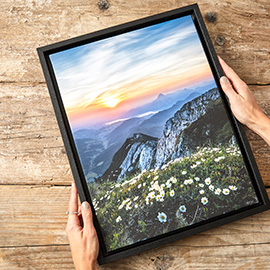Home Studio Photography - part IV
Any photographer looking to expand their skills will eventually want to dip their toes into the mysterious world of studio photography. It can be a bit intimidating, not to mention expensive, to book time in a professional studio without experience ─ especially with no guarantee of success. The answer is to create a studio at home! This series will give you the tools and confidence you need to create stunning images to print onto canvas for yourself, family or friends.
Which shape softbox?
If you've been following this series you'll know that last week we talked about softbox construction. This week's all about choosing the right shape for the job. In a home studio you'll be constrained by the dimensions of the space you have available, and the ceiling's the first problem to overcome. Ideally, for full length portraits, you'll want as large a key light as possible, which usually means an octabox. These large octagonal softboxes give us a lovely fall off of light and a pleasingly shaped catchlight in the eyes, making them ideal for photographing people. Yes, you can use a standard rectangular softbox as a key light, but there's something almost magical about the quality of the catchlight from an octabox.
What was that about the ceiling height? In much the same way as in our headshots series, it's crucial to have your key light higher than eye level for pleasing and flattering light on your subject. This presents a problem with most houses with 9' ceilings where a large 5-7' octabox will look enormous and be impossible to get above the eye line. We still recommend buying one for shooting children (who are obviously shorter) and fun family shoots on the floor, but for full length a decent compromise would be a smaller 3-4' octabox and an on axis fill light to soften the shadows.
Other softboxes
Depending on the space available, it's a good idea to have a couple of smaller 3' rectangular softboxes for rim lighting ─ a lower value light that's used for sculpting and separating the subject from the background. You might also wish to look at strip softboxes. These long, thin light sources are great for creating dramatic portraits ─ especially good for strong, athletic subjects where they can be used to enhance the musculature of the body.
In our next instalment of this series we'll discuss the pros and cons of the most readily used background support systems.


